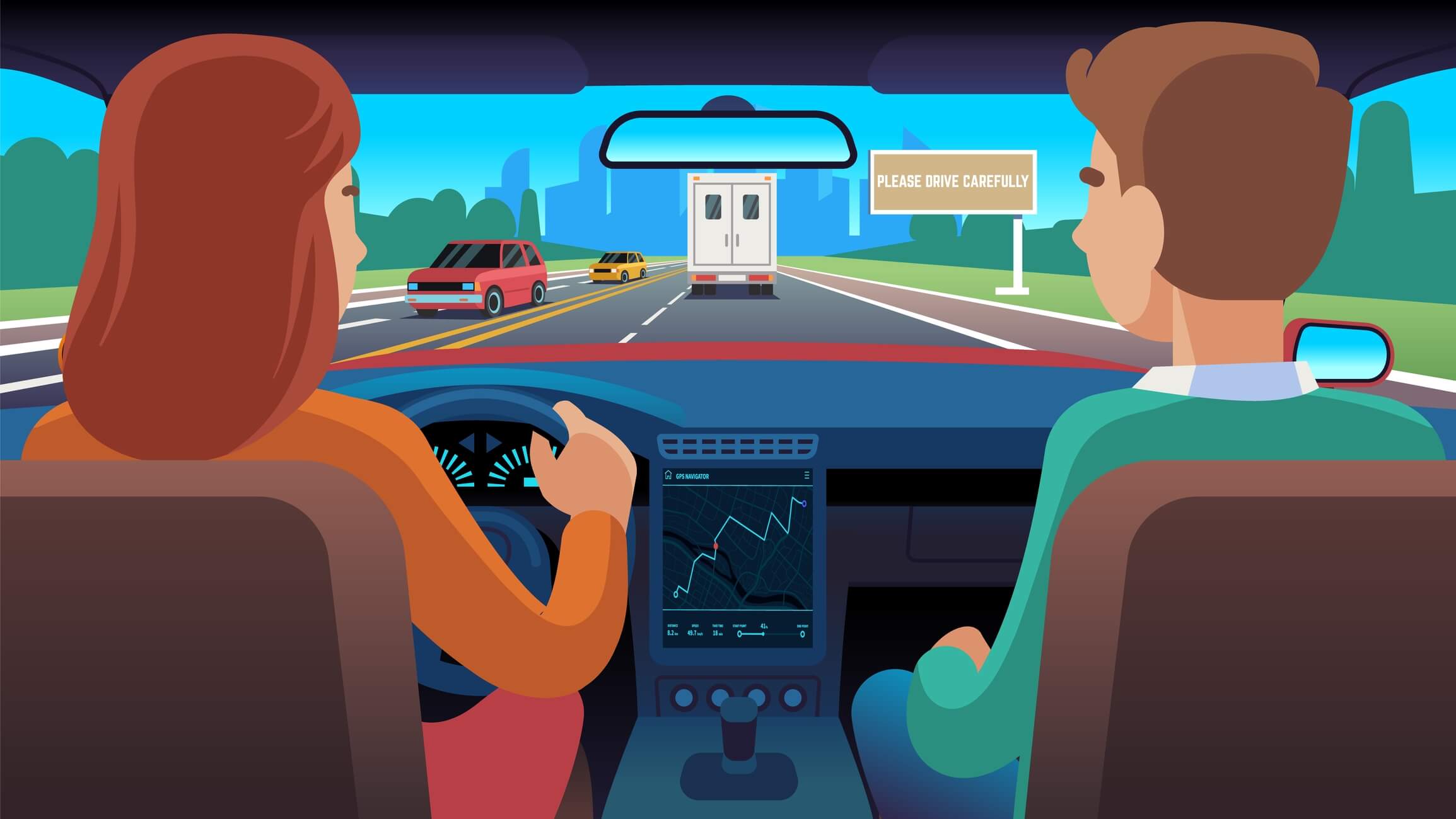Hit-and-run accidents are shocking and devastating. You get thrust into a whirlwind of confusion, questions, and pain as a passenger. But it is crucial to recognize that you are not powerless and do not get lost in the chaos.
The driver may have fled the scene, but your rights remain firmly in place. Identifying your options under the law is the beacon that can guide you through the fog.
This article will be your map to navigate unfamiliar territory. So, take this first step with us. Read on to demystify the aftermath and prepare for what happens next with confidence.
Understanding Hit-and-Run Accidents
Hit-and-run accidents shatter the ordinary flow of life and leave unanswered questions in their wake. By definition, these incidents involve the responsible driver fleeing the scene. The gravity of the situation is undeniable since the perpetrator faces legal consequences from fines to imprisonment. Nonetheless, the sudden departure of the liable party adds complexity to an already distressing situation. There are reasonable concerns about accountability and compensation for everyone involved.
The unique position of passengers comes to the forefront as the dust settles. Unlike the drivers, you are seldom at fault for the collision. This distinction can place you in an advantageous position when seeking civil remedy. However, the absence of the offending driver complicates the matter. Understanding the legal landscape becomes invaluable during these trying moments. It can outline the course of action available and how to get the courts to recognize your grievances.
Immediate Steps After a Hit-and-Run
Your adrenaline may surge after a hit-and-run, but so should your presence of mind. Your safety is paramount. As a passenger, your first response should be to assess yourself and others for injuries. Then, exit the vehicle if it is safe and move to a secure location. Prioritize calling emergency services if there are severe injuries. Taking this step also establishes an official record that can be crucial to have later.
It is time to report the incident after you ensure everyone’s safety. Call the police and provide as much detail as possible. Share any distinctive information with the authorities, such as the make and model of the car. If possible, give them the license plate as well. Remember, a hit-and-run is a crime, and your testimony as a witness is invaluable to pursuing justice.
Gathering evidence at the scene will bolster your case significantly. Use your smartphone to take photos or videos of the immediate aftermath, injuries, and damages. Look around carefully for nearby surveillance cameras or eyewitnesses. These details are as important to law enforcement as it is for insurance claims or lawsuits.
Passenger Rights and Protections
You have a distinct set of rights to protect and empower you as a passenger. Foremost among these is your entitlement to compensation from the driver’s insurance policy. Regardless of the fleeing perpetrator, the driver of your car should also have coverage to help with medical bills or lost wages. Your pathway to financial recovery should not get blocked as the non-at-fault party.
Your auto insurance policy may come to the rescue when the driver remains unidentified. Many policies include uninsured motorist coverage you can invoke after a hit-and-run. This coverage exists to fill the financial gap left by the absent or uninsured. It is a provision that underscores the principle that your welfare should not become compromised by negligence.
Legal representation is another pillar of support. You have an unequivocal right to seek an attorney during the claims process. They can champion your cause and negotiate on your behalf. Additionally, they ensure that your entitlements are not theoretical. They are active instruments to wield.
However, the concept of comparative negligence may come into play. After all, there can be circumstances where the passenger’s actions contribute to the incident or the injuries. It can take an attorney to highlight the dynamics of the accident and defend you against undue blame.
Long-Term Considerations and Support
The process following a hit-and-run accident extends beyond your immediate recovery. Passengers can face ongoing medical care, rehabilitation, and even long-term disability. These scenarios make it necessary to have a forward-looking approach to your insurance claim and legal strategy. Accordingly, it is imperative to account for medical expenses, wage loss, and other long-term effects.
Support networks play a vital role here. Emotional and psychological assistance can be as necessary as legal and financial support. Counseling services and community resources can offer the scaffolding you need to rebuild your life. This holistic approach is essential to handling the trauma of these events.
Long-term considerations also include the legal repercussions for the driver if they get caught. It is within your rights to remain informed and provide input or testimony when appropriate. Therefore, staying engaged with the legal aftermath and ongoing support mechanisms can shore up your path to recovery.
Talk to a Car Accident Lawyer About Your Hit-and-Run Accident
\While the path ahead may have challenges, passengers are far from powerless. You have protections that acknowledge the trauma and disruptions these incidents cause. But understanding your rights is only the beginning. It is the first step on a path that leads to justice and healing.
Don’t allow uncertainty to deter you. You can take control of your situation today by asking for a referral to a local auto accident attorney.
Our representatives are available 24/7 at (866) 345-6784, or you can complete this quick online form!

